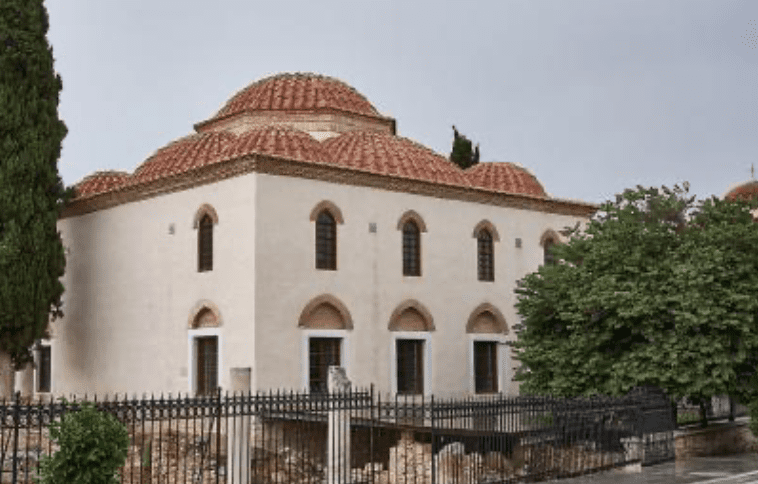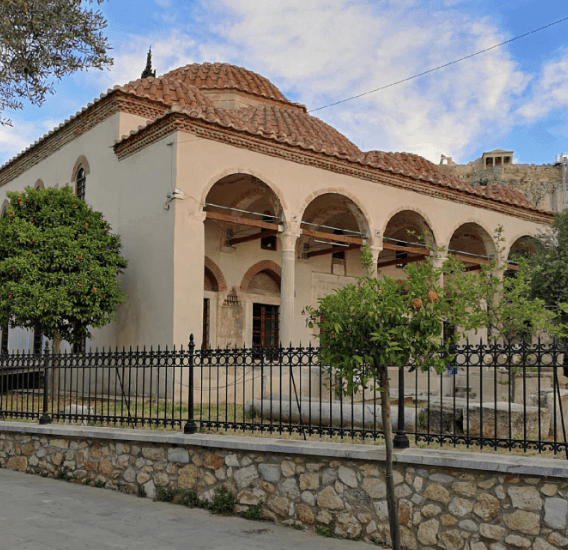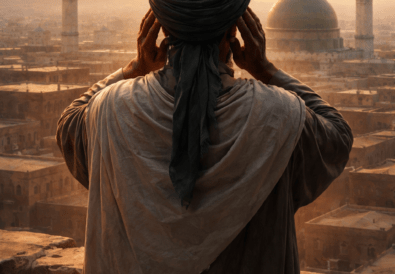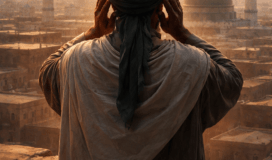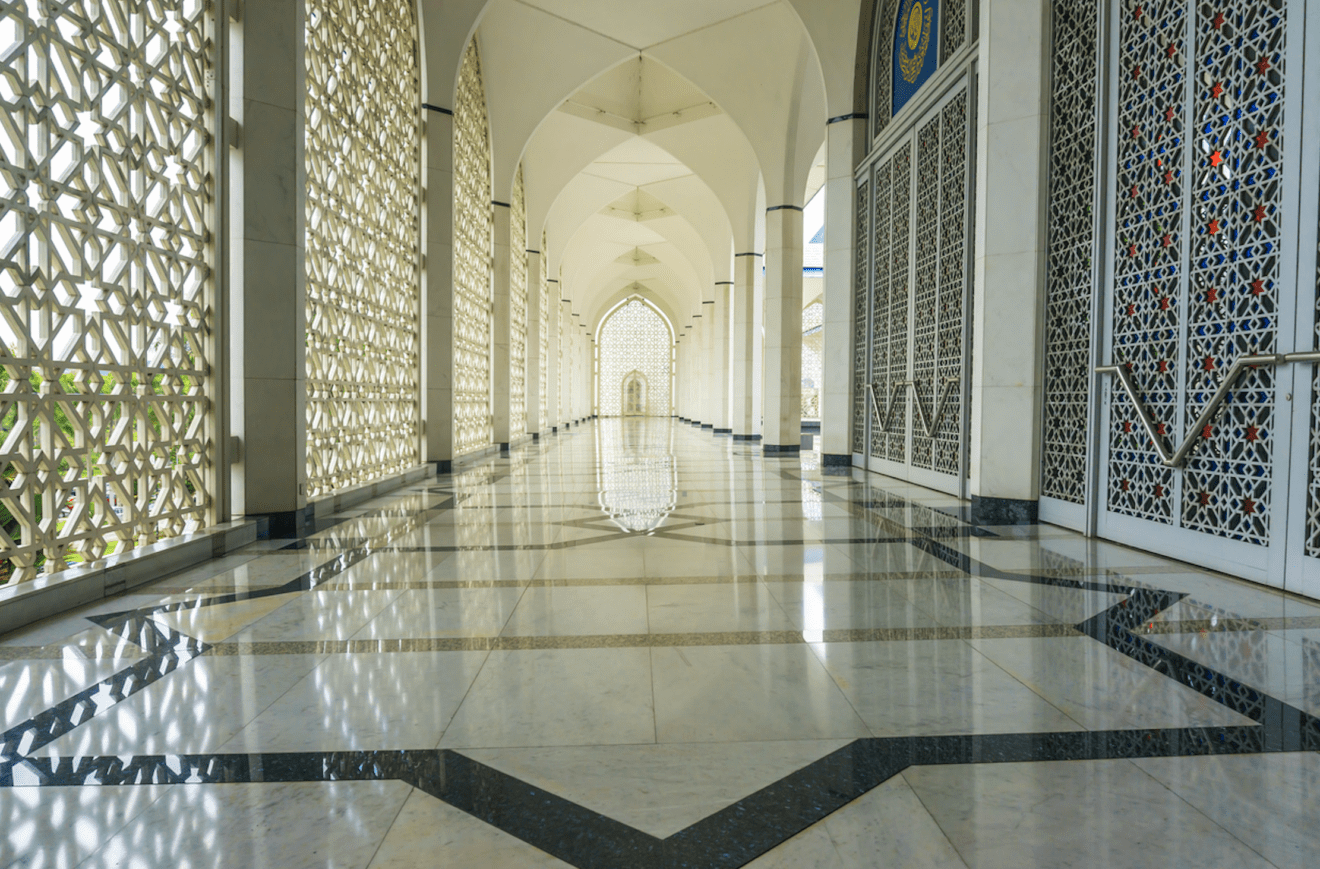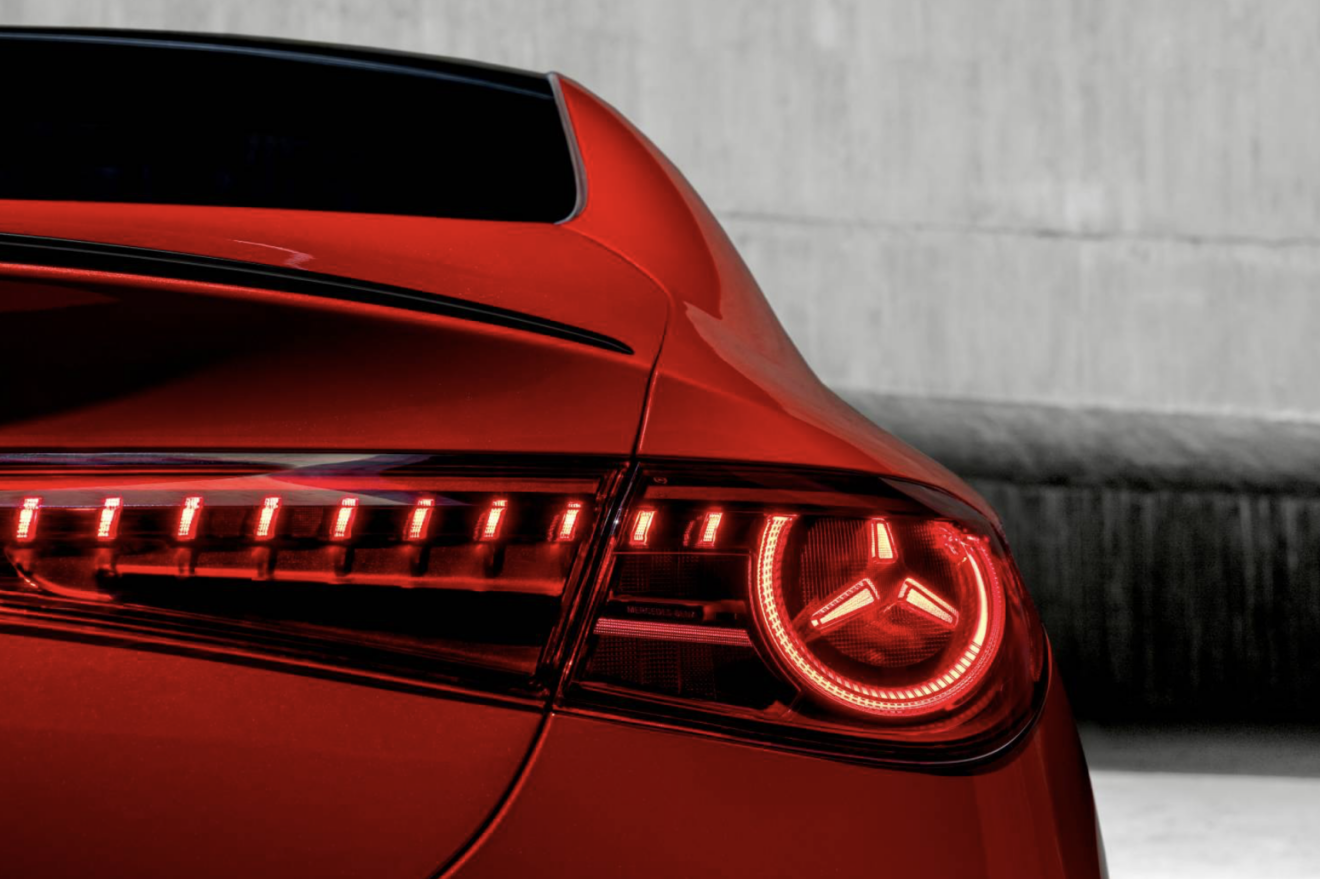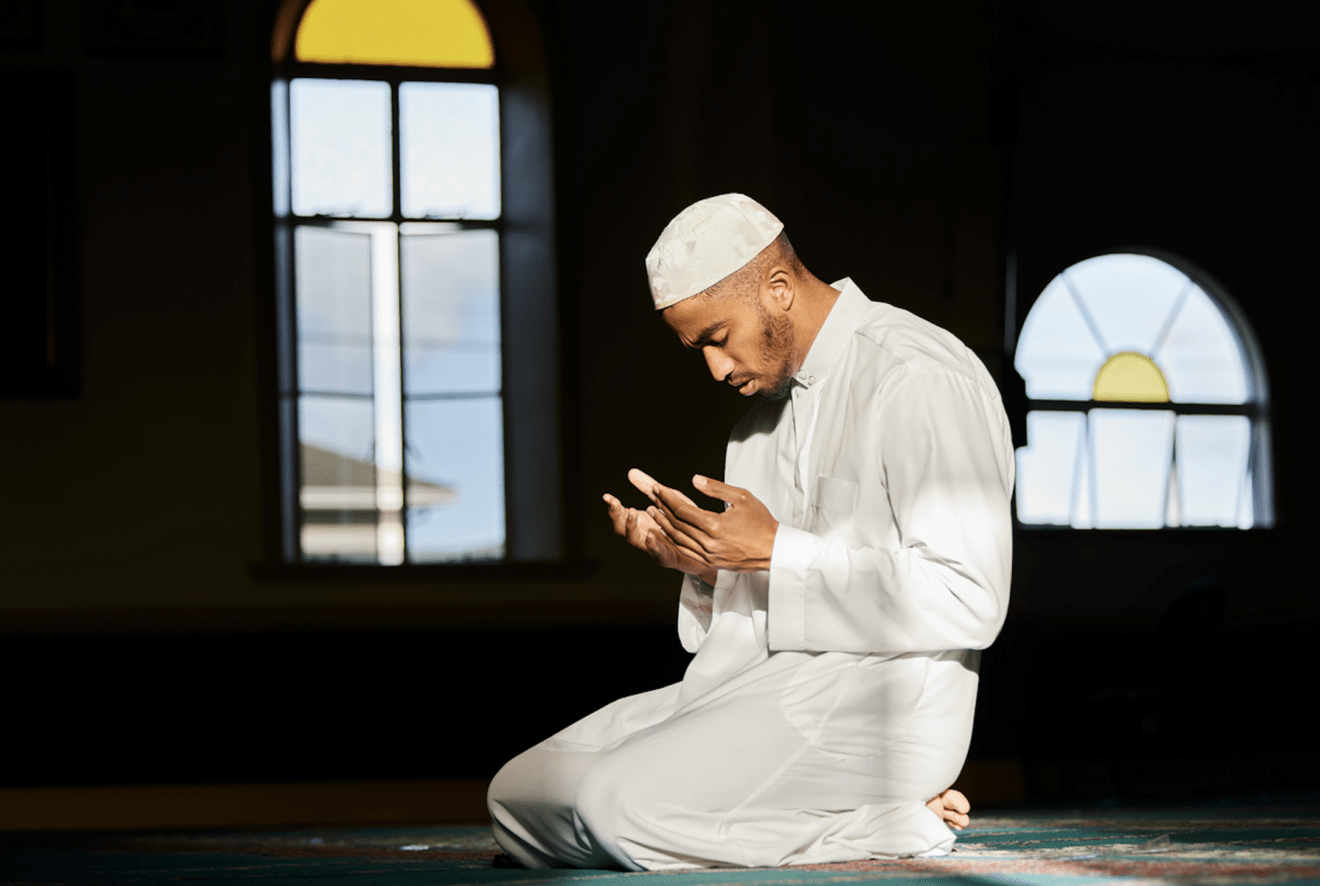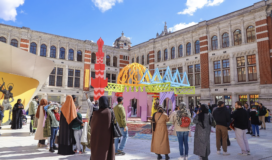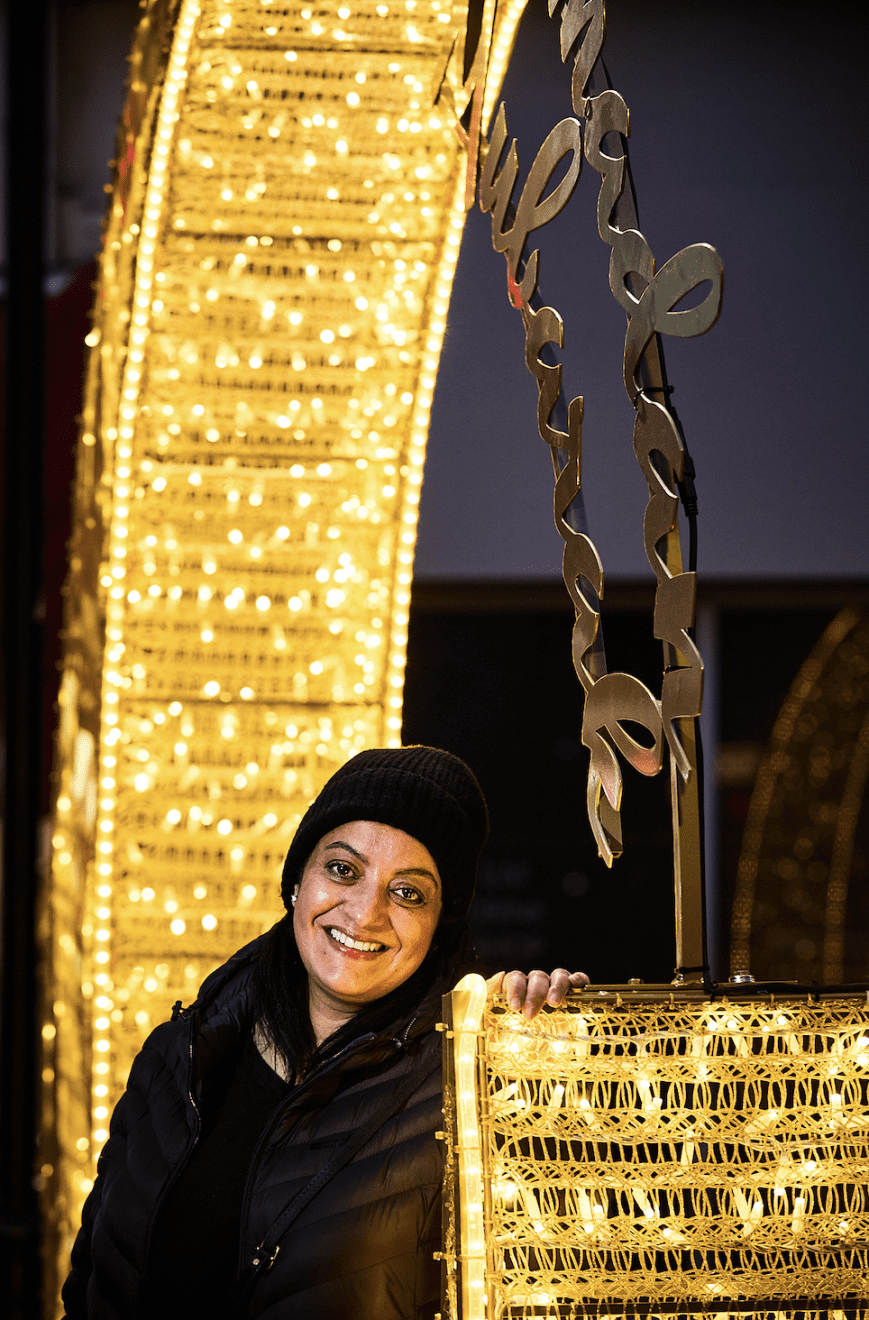The History of Fethiye Mosque – A Monument of Transformation
Nestled in the heart of Istanbul, Fethiye Mosque stands as a testament to the city’s rich, layered history. Its story begins long before it became a mosque, tracing back to the Byzantine era, when it was originally built as a church. Today, Fethiye Mosque is a symbol of Istanbul’s religious and cultural transformations, blending the Byzantine and Ottoman legacies that shaped this vibrant city.
Origins as a Byzantine Church
Fethiye Mosque, known today for its stunning Ottoman architecture, was not always a mosque. Its origins lie in the late Byzantine period, around the 13th century, when it was first constructed as the Church of Theotokos Pammakaristos. This church, dedicated to the Virgin Mary, was one of the most important religious structures in Constantinople, known for its beautiful mosaics and domed architecture.
After the fall of Constantinople in 1453, the city’s religious landscape began to change as Ottoman rulers converted many churches into mosques. However, Theotokos Pammakaristos remained a church for almost another century, becoming the seat of the Greek Orthodox Patriarchate from 1455 to 1587.
The Transformation into Fethiye Mosque
The pivotal moment in the building’s history came in 1586, during the reign of Sultan Murad III. Following the Ottoman conquest of Georgia and Azerbaijan, Murad III decided to celebrate the empire’s expansion by converting the church into a mosque. In honor of the Ottoman military victories, it was renamed Fethiye Mosque, with “Fethiye” meaning “of conquest” in Turkish.
To reflect its new status, the mosque underwent several architectural changes, including the addition of a minaret, a hallmark of Islamic architecture. However, the Ottomans carefully preserved much of the building’s original Byzantine structure, leaving a striking blend of Christian and Islamic elements. The mosaics of the Virgin Mary and other religious figures were not completely removed but were instead concealed beneath layers of plaster, a common practice in converted churches.
Architectural Beauty and Significance
Fethiye Mosque’s architecture is a stunning fusion of Byzantine and Ottoman styles, making it a unique structure in Istanbul. Its interior reflects the intricate artistry of both empires. The original Byzantine mosaics, which have since been uncovered and restored in certain parts, are among the finest examples of Byzantine religious art, featuring depictions of Christ, saints, and angels. These mosaics are now visible in the remaining section of the building, which functions as a museum showcasing the site’s history.
The mosque’s Ottoman additions, including its elegant minaret and Islamic calligraphy, create a fascinating contrast with the earlier Christian artwork. The result is an architectural masterpiece that embodies the historical transition from Byzantine Constantinople to Ottoman Istanbul.
Fethiye Mosque Today
Today, Fethiye Mosque is divided into two sections: the mosque itself, where local Muslims continue to worship, and the Fethiye Museum, which preserves the Byzantine mosaics. Visitors can explore both parts, gaining a deep appreciation for the building’s dual identity as a place of worship and a historical monument.
The mosque is located in Istanbul’s Fatih district, an area known for its many historic buildings. Though it is not as famous as other landmarks like Hagia Sophia or the Blue Mosque, Fethiye Mosque holds immense cultural and historical significance. It serves as a reminder of the city’s dynamic past, where two great empires—the Byzantine and Ottoman—left their indelible marks.
Legacy of Fethiye Mosque
Fethiye Mosque’s history encapsulates the broader story of Istanbul itself—a city that has long been at the crossroads of civilisations, religions, and cultures. From its beginnings as a prominent Byzantine church to its transformation into an Ottoman mosque, the building reflects the changing tides of history. It stands as a symbol of conquest, adaptation, and continuity, bridging the spiritual and cultural heritage of both the Christian and Islamic worlds.
For visitors today, Fethiye Mosque offers more than just a glimpse into the past; it provides a living experience of how Istanbul’s unique history continues to shape its present.
Natasha Syed is the dynamic Editor-in-Chief of British Muslim Magazine, the UK’s premium Travel & Lifestyle publication catering to Muslim audiences. With a passion for storytelling and a keen eye for celebrating diverse cultures, she leads the magazine in curating inspiring content that bridges heritage, modern luxury, and faith-driven experiences.
Under her leadership, British Muslim Magazine continues to set the standard for authentic, and engaging trusted narratives, making it the go-to source for Muslim traveler's and lifestyle enthusiasts across the UK and beyond.


